Footwear
| What should you know about footwear in the state or outside the state? |
| Annotation of definition of footwear |
| How footwear is made by hand |
| How footwear is made by machine in a factory |
| Materials for shoes |
| Men's shoes |
| Women's shoes |
| Sizes |
| State department of footwear |
| Types of footwear |
Annotation of definition of footwear
|
What is footwear? Footwear is an item of clothing made by humans that covers and protects the foot, including the soles of the feet. What materials are utilized for footwear? Canvas Leather Petrochemical-derived materials. Plastics Rubber Wood (Olden days footwear) What are the types of footwear? Boots Shoes Sandals Indoor footwear Footwraps Specific footwear Traditional footwear Orthopedic footwear. Socks |
State Department of Footwear
|
Who is head of the state department of footwear? The director state department of footwear. Questions you need to answer. What types of footwear are required in the state? How many such footwear is required in the state? When is such footwear required in the state? How many individuals are working to make footwear in the state? What locations are utilized to make footwear in the state? What are projected statistics of requirement of footwear for the next 10 years in the state? What are examples of various state departments of footwear around the world? |
| Shoes |
| Materials & Pictograms |
| Shoe sizes |
| Types of footwear |
Types of footwear
| B is for Boots |  Boots are shoes that go higher than your ankle, sometimes even all the way up to your knee or even higher. Boots can either be for working, like the boots in the picture, or just to look good. |
| C is for Clogs | 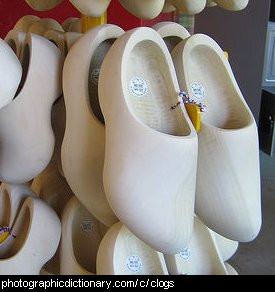 Traditional clogs are wooden shoes usually associated with the Netherlands and surrounding regions. They were worn as protective footwear in activities like mining and in factories. Modern clogs are just slip-on shoes, usually made with wooden soles and a leather upper. |
| F is for Flip flops | 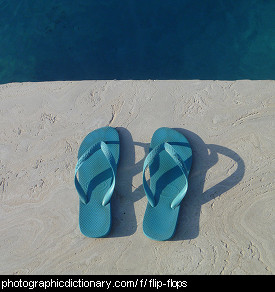 Flip-flops are a kind of shoe that is made up of a sole that is held onto your foot by a strap that goes between your toes. |
| G is for Gumboots | 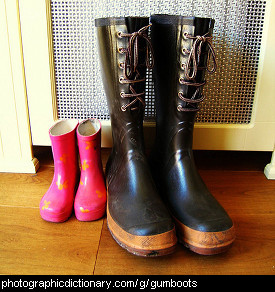 Gumboots, also known as Wellington boots, galoshes or rainboots, are rubber boots made to keep your feet clean and dry when working in wet, messy conditions. Red Band Gumboots 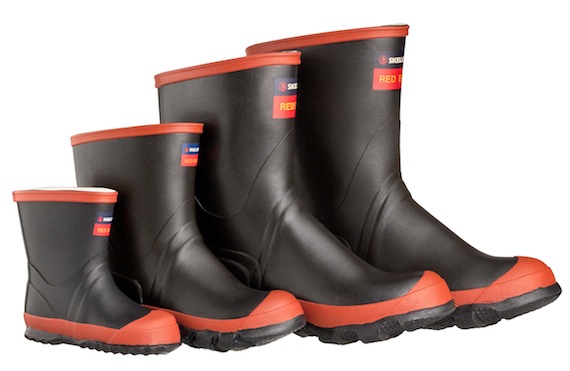
Men sizes 4 – 14, Women sizes 3 – 9, Children sizes 8 – 2, Junior sizes 3c – 7. |
| I is for Ice skates | 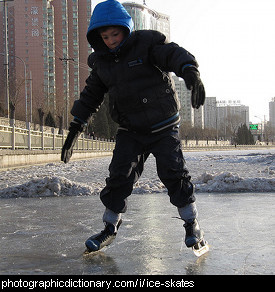 Iceskates are a special kind of shoe with a blade underneath them. They are designed so you can slide along ice wearing them. |
| M is for Moccasin | 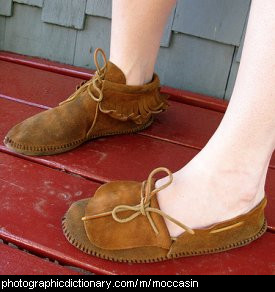 A moccasin is a type of shoe made from soft leather. They were originally made and worn by Native American people. |
| R is for Rollerskate | 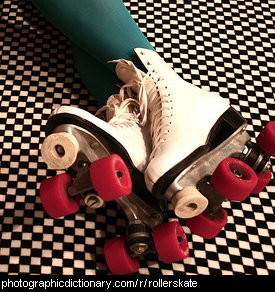 Rollerskates are special shoes that have wheels on the bottom. Instead of walking in them, you roll along. Rollerskates with the wheels in a single row are called rollerblades or in line skates. |
| S is for Sandals | 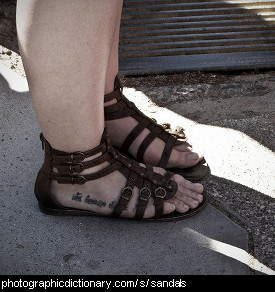 Sandals are a type of shoe that is simply a sole held onto the bottom of your foot by some straps. |
| S is for Shoe |  A shoe is a piece of clothing that is worn on your feet. Shoes come in all different styles. Shoes protect your feet from getting hurt by the hard ground. |
| S is for Ski | 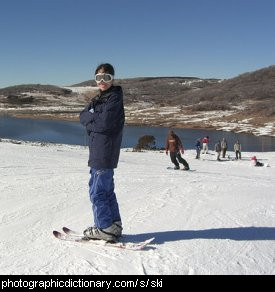 Skis are long flat things you wear on the bottom of your feet to help you slide over snow. Someone who skis is a skier. |
| S is for Slippers | 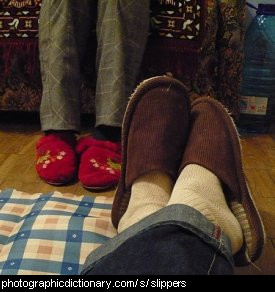 Slippers are a kind of soft, comfortable shoe that you wear indoors. |
| S is for Sock | 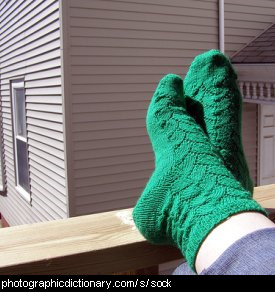 A sock is a knitted piece of clothing that you wear on your feet. They stop your shoes rubbing on your feet, and also keep your feet warm and dry. Socks come in every color imaginable. |
| S is for Stiletto | 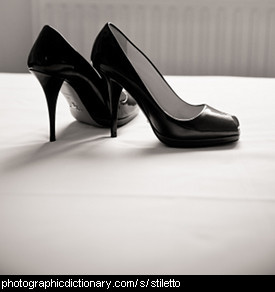 Stilettos are a type of heel on high-heeled shoes. Stiletto heels are very thin, and are named after the stiletto dagger. |
| S is for Stockings | 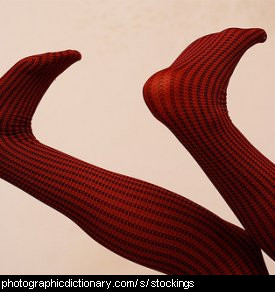 Stockings are similar to socks but cover your legs to the tops of your thighs. Stockings are usually worn by women and girls. Stockings that go all the way up to your waist are called nylons or pantihose. Opaque stockings are often called tights or leggings. |
| T is for Thongs | 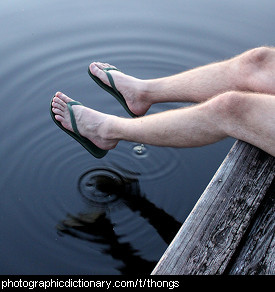 In some regions, thongs are another name for flipflops. Not to be confused with the underwear thong. |
|
Men Boots Loafers Oxfords Sandals Sneakers Women Boots Flats Pumps Sandals Sneakers |
Materials & Pictograms
|
Footwear for men making What type of footwear needs to be made? How does this footwear look? What resources are required to make this footwear? What are suitable colors for this footwear? What are various sizes of this footwear? What extra work can be done for this footwear? How do you take measurements for this type of footwear? What resources and supplies are required to make this type of footwear? What steps are required to make one pair of such footwear and similar footwear for residents in the state and outside the state that is in millions per state? 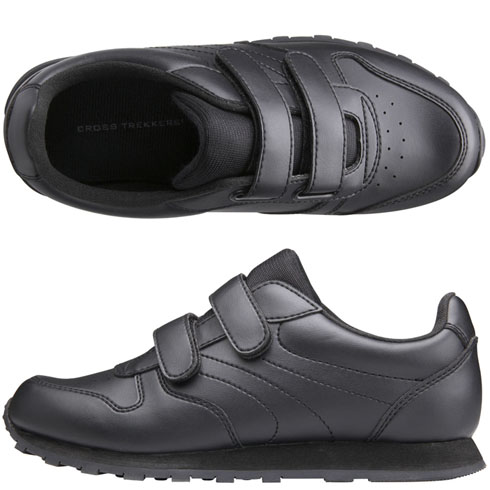
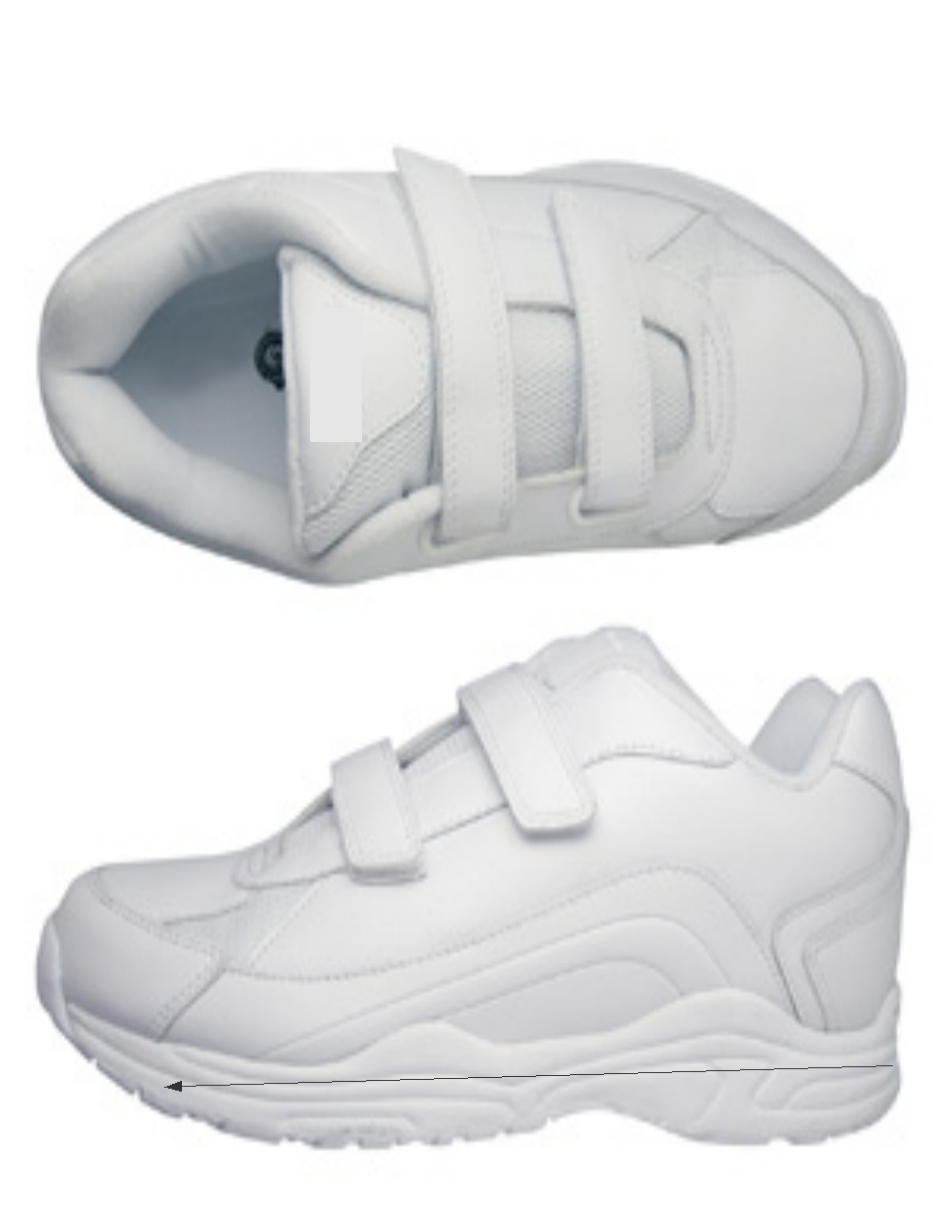
Here are further guidelines. |
Leather Shoes
 What is a shoe made of? Can you name individual shoe parts? Do you know what outsole or counter is? Backstrap Top lift Heel Outsole Welt Liner Quarter Tongue Vamp Shoe lace Midsole Materials - Upper, Liner Leather  Leather is the most often used natural material, with ideal properties for shoe production. The following types are used: cow hide, pigskin, goatskin, horse leather, calf leather, reptile leather. Leather is breathable, soft, absorptive, and adapts to individual feet shape well. Leather types: Smooth leather - textured surface with small pores, matt or shiny. Patent/enamelled leather - smooth and high-gloss surface, obtained by applying a layer of enamel to the leather. The surface is susceptible to mechanical damage, chemical corrosives, moisture and frost. Nubuck - leather sanded on the hair side. Buff nubuck - a special category - is very fine nubuck, on which even fine contact with fingers or other objects leaves traces, which can be brushed out. Suede - leather sanded on the flesh side, less durable than nubuck, with hair on the surface. Sole leather - Type of cow leather used to make soles. Very sensitive to moisture and uneven surface. Coated leather - leather coated with a thin layer of other material, such as polyurethane. This ensures durability and easier maintenance, used especially on sports shoes. No other shoe material is better than natural leather. Leather can be stretched and shaped to fit. At the same time, it retains its shape, breathability and other characteristic properties. Other materials Synthetics (PVC, PU, rubber, plastic, artificial leather, poromerics) - appearance of these materials are often reminiscent of leather, but their properties (breathability, absorption, adaptability) are inferior to those of natural leather. These are usually combined with breathable liners made of modern PVC and PU. New possibilities in colours and shapes inspire new product ranges, especially in youth fashion. Apart from the above advantages, these materials are also inexpensive. Textiles - woven, unwoven - used for light, often summer, or indoor shoes. The latest textile-based material is stretch, providing enough wearing comfort. Textiles are breathable, easy to maintain and have sufficient durability. Poromerics - Synthetic leather, whose appearance and properties are similar to those of natural leather. It is requires low maintenance. Rubber - Similar properties to plastic materials, used for special protective and work shoes. Combined materials - Used especially in sports shoes. Watertight membrane - Special material ensuring water-tightness and breathability (GORE-TEX etc.). Used mostly in sports and trekking shoes. Outsoles The outsoles are the bottom part of every shoe, coming into contact with the ground. They protect the foot against cold, warmth, uneven surface, sharp objects, etc. Types of outsoles: Leather outsole - Darkens when exposed to sunlight. Used on dance/indoor shoes. Repairs necessary when used daily/for long time. Often combined with rubber coatings. Rubber outsole - Flexible, weather-resistant, easy to maintain. The lightest type - Styropor - for indoor shoes. Synthetic outsole - Flexible, easy to maintain, medium durability, slippery Production methods The method used to connect the upper and the sole influences a shoe's functionality and maintenance. Glued shoes - The most common technology, the sole is glued to the upper. The glued seam may fail if exposed to moisture, sweat, or may mechanically separate. Flexible shoes - Very comfortable, lightweight and flexible shoes, with attractive sewn-through edges. They are flexible thanks to the upper being sewn directly to the sole without an insole. Limited water-tightness. Used mostly on indoor/dry environment shoes. Moulded shoes - The sole is pressed, injected, or moulded to the upper. Used mostly on sports and leisure shoes. The quality of the joint and the sole itself depends on the material used. Welted shoes - The upper/sole joint is sewn through a welt. Durable and strong joint. |
Shoe sizes
